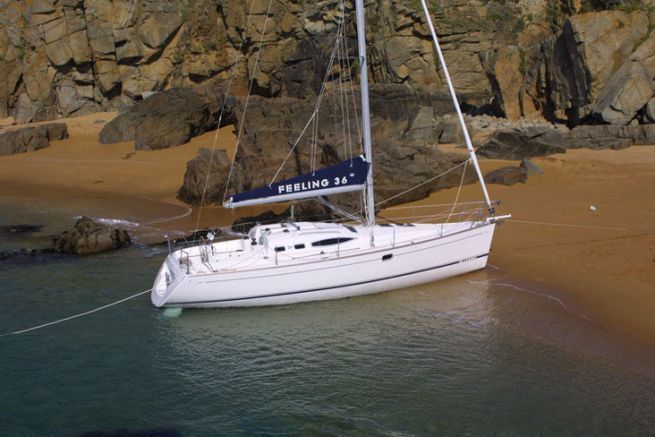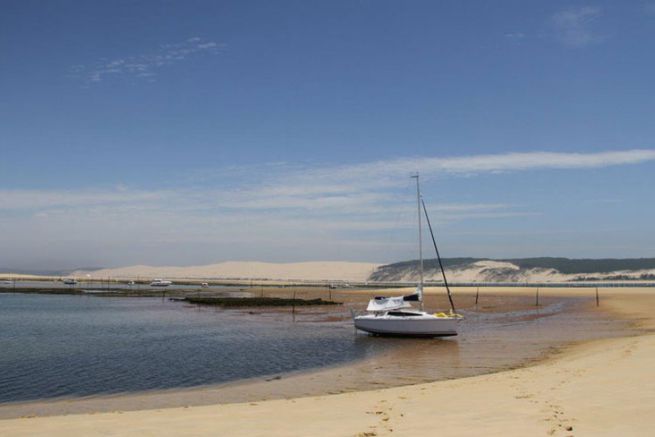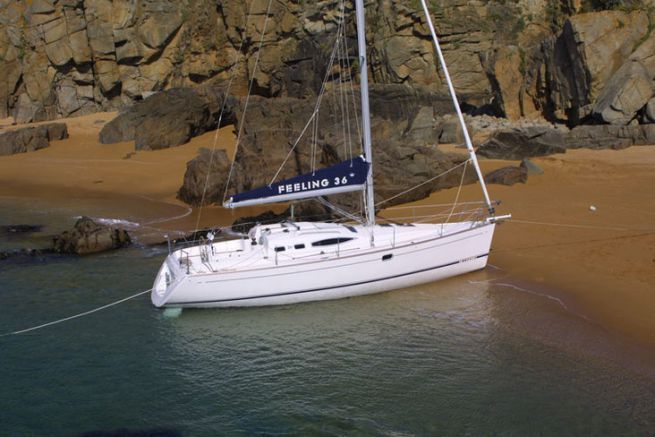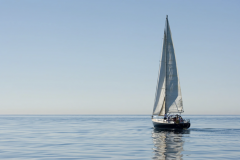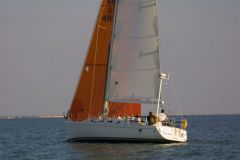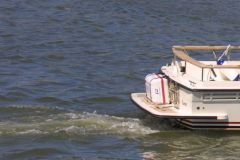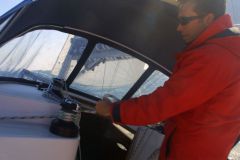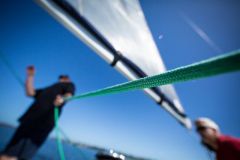Move forward in an anchorage until you land on the beach. Spend the night well anchored in the dry while the others sway with the swell at anchor. Enjoy the amazing nature of the foreshore during a tide. Beaching - be careful not beaching which is involuntary! - offers many pleasures. But this practice, accessible to both motorboats and sailboats, also requires some rules to respect.
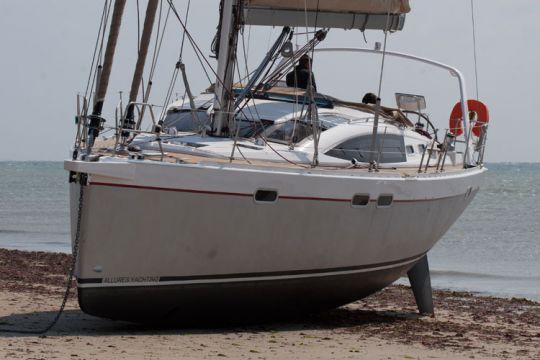
A tight tide calculation
Who says beaching says tide. Indeed, it is out of the question to practice it in waters without tide! It is therefore necessary to arm oneself with the tide table before presenting one's bow to the beach. The calculation of the tide times and water heights will allow you to know at what time you should land and especially at what time you will leave. Find here our subject which explains how to calculate its water heights.

Beware of coefficients
The tidal coefficients (which indicate the amplitude of the tide) vary according to the phases of the moon. It is necessary to take this into account. This is one of the pitfalls of beaching. If, once the boat has been landed, the tide does not rise enough to free the boat, you have to wait for the next tides with higher coefficients to leave... A wait that can last several weeks. It is therefore better to avoid landing right at high tide or to be sure that the tides are rising.

Monitor the weather
If the sea is nice and the wind is light when we run aground, what will happen when we leave a few hours later? Will the wind have changed? Is there a risk that the sea will rise? Once your boat has run aground, you feel trapped. We will "suffer" the rise of the water with the weather that accompanies it. That's why it is important to be informed about the weather before landing.
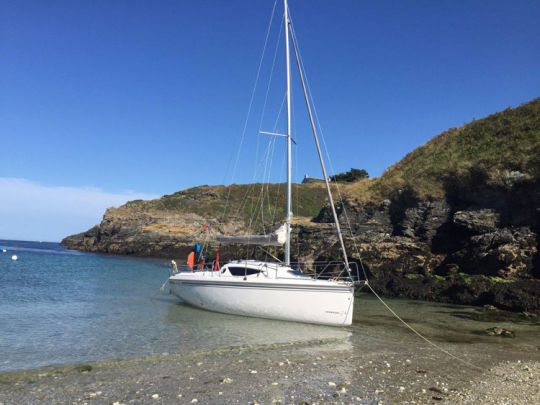
Knowing the place
Beaching is not a risk-free maneuver. If you have to land the boat on a mud or sand bottom, no problem, but if you land on rocks, it is less safe. This is why it is recommended to know the area well before choosing a beach or a cove to run aground. Also if the place is exposed to the swell when the sea rises, the situation can be very delicate when the boat starts to float again.
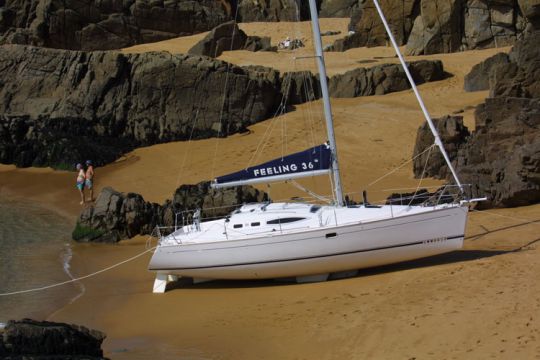
Mandatory back anchorage
If there was one thing to remember for a successful grounding, it is to plan a double mooring. Indeed, at the time of beaching, you can make sure that the bow remains facing the beach, but in 6 hours or more when the sea returns, won't the wind have changed?
The stern anchor ensures a good hold and is also useful when you leave your place to haul in on the right course.
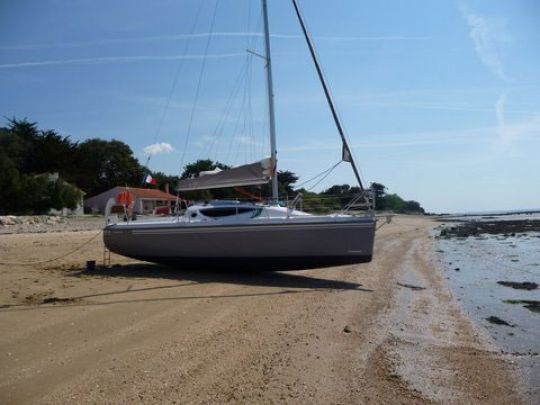
Tip: a well-set sonar unit
When skimming the coastline to find the best place to run aground, it's best to have a properly calibrated depth finder. You need to know whether the depth shown on the screen is measured under the keel or at the level of the transducer or even at water level. Depending on the case, you'll have to apply the differences to make sure you don't get caught and hit the bottom too early.
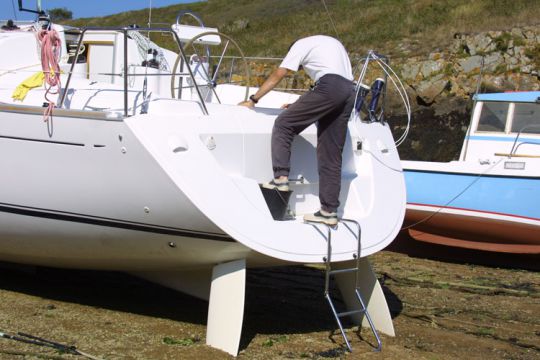
Tip: the bucket before you get dry
Once the tide goes out, there is no more water! A truism. But if you get in and out of the boat, you'll quickly find your cockpit filled with silt. Remember to fill a bucket while there is water. It will be used to rinse the soles when you get on board.
